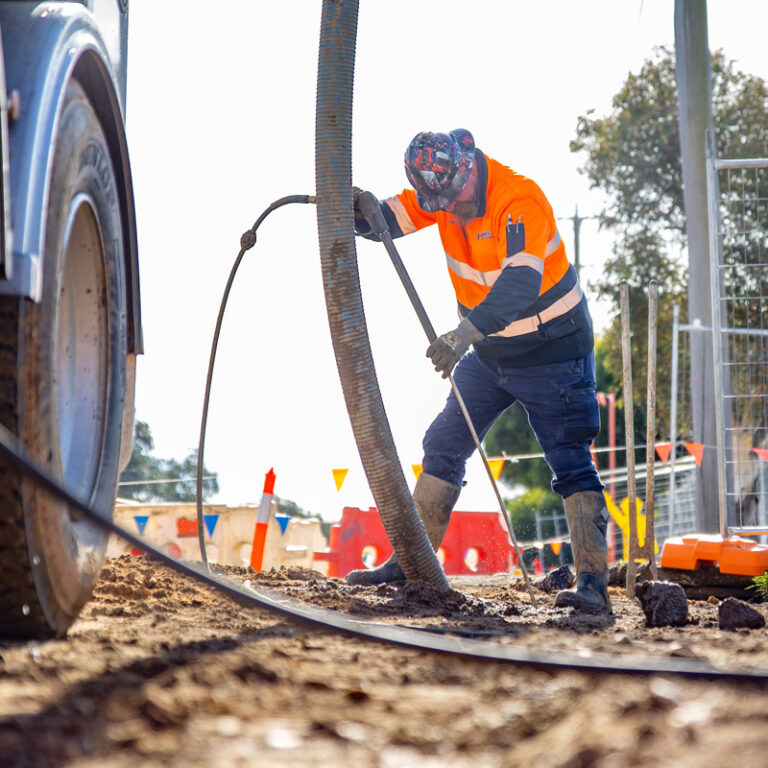Directional drilling has emerged as a innovative technique that is reshaping how we access and utilize subsurface resources. Unlike conventional drilling methods that typically involve a straight borehole, directional drilling allows for greater versatility, enabling operators to drill at different angles and depths. This innovation is vital for industries such as energy, utilities, and sustainable energy, where precise and effective access to underground assets is paramount. As urban landscapes continue to expand and the demand for ecologically-friendly infrastructure grows, directional drilling stands at the forefront of engineering solutions that reduce surface disruption and enhance project efficiency.
Over the years, the progression of directional drilling technology has been nothing short of remarkable. From its modest beginnings to the advanced methods and equipment we see today, this drilling approach has continually evolved to meet the challenges of modern projects. Understanding the various types of directional drilling, such as sideways and vertical drilling, is essential for experts and enthusiasts alike. By exploring the principles and uses of this technology, we can appreciate how directional drilling not only improves resource extraction but also plays a key role in supporting city infrastructure and eco-friendliness.
Types and Uses of Directional Drilling
Directional drilling encompasses multiple techniques adapted to meet specific project needs. The chief types include horizontal drilling, which enables for drilling along to the earth's surface, and vertical drilling, which goes straight down. Alternative methods, such as multi-lateral boring, enable multiple wellbores to be drilled from a single parent well, enhancing reservoir access. Each type has specific purposes, ensuring the utmost efficient search and retrieval of materials.
In the petroleum industry, directional drilling is essential for reaching inaccessible reserves without the need for significant surface disruption. https://bowers-gallegos.federatedjournals.com/uncovering-the-depths-an-guide-to-targeted-boring has transformed how firms approach resource extraction by limiting environmental impact while increasing output. Beyond oil and gas, directional drilling is equally vital in the utility sector, where it enables the installation of pipelines and cables underground, minimizing surface disturbances in urban areas.
Sustainable energy projects are also leveraging directional boring to improve site access and resource extraction. Be it laying down geothermal wells or building wind farm foundations, this technology supports green energy initiatives while preserving the well-being of surrounding ecosystems. As industries continue to expand, the versatility and adjustability of directional drilling ensure it remains a key player in modern engineering and infrastructure development.
Benefits and Advantages of Horizontal Boring
Directional drilling offers substantial benefits over conventional drilling techniques, primarily in aspects of productivity and accuracy. By enabling drillers to bore at various angles, it allows entry to reserves that would be difficult or impossible to reach with vertical drilling by itself. This ability not only optimizes resource extraction but also minimizes the number of drilling sites needed, thus lessening environmental impact and inconveniences to the surrounding area.
Moreover, directional drilling drastically lowers surface disruption. This is particularly advantageous in city areas where room is scarce and the risk of damaging current infrastructure is high. The ability to maneuver around barriers ensures that drilling can take place beneath streets, buildings, and various structures without the need for large-scale surface excavation or demolition, maintaining the stability of the city landscape.
In addition to conserving time and money, horizontal drilling is more and more recognized for its environmental benefits. The technique minimizes land usage and reduces the greenhouse gas footprint associated with boring operations. Furthermore, its accuracy helps steer clear of fragile ecological areas, ensuring that initiatives conform with sustainable objectives. As industries continue to focus on -friendly practices, horizontal boring is highlighted as a vital technique for upcoming projects.
Emerging Trends in Horizontal Boring Technology
As the demand for more efficient and minimally disruptive drilling techniques increases, the prospects of directional drilling methods looks promising with numerous emerging trends. One of the key advancements is the integration of artificial intelligence and automated systems into drilling processes. These tools are enhancing drilling accuracy, enabling for real-time data analysis and flexible decision-making during drilling operations. This means operators can modify their strategies on the fly, resulting to faster completion times and lowered costs.

Another exciting trend is the use of advanced software and sensor technology. These systems provide enhanced monitoring functions, allowing for improved bore tracking and safety assessments. Directional Drilling Dublin Ireland of data analytics will enable operators to predict drilling challenges before they occur, further optimizing project outcomes. This combination of smart technology and traditional engineering practices is set to transform how horizontal drilling projects are managed and executed.
Lastly, the trend towards eco-friendliness is shaping the future landscape of directional drilling. Techniques that reduce ecological effects are becoming increasingly essential, especially in sensitive locations. Innovations like eco-friendly drilling materials and processes designed to additionally reduce surface interference are essential for meeting regulatory standards and public expectations. As the industry embraces these sustainable practices, directional drilling is poised to play a key role in facilitating the development of infrastructure that is both efficient and environmentally responsible.
